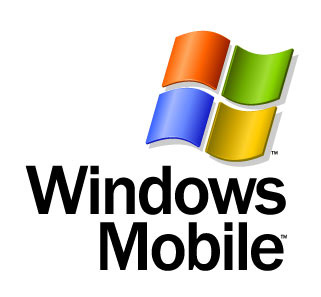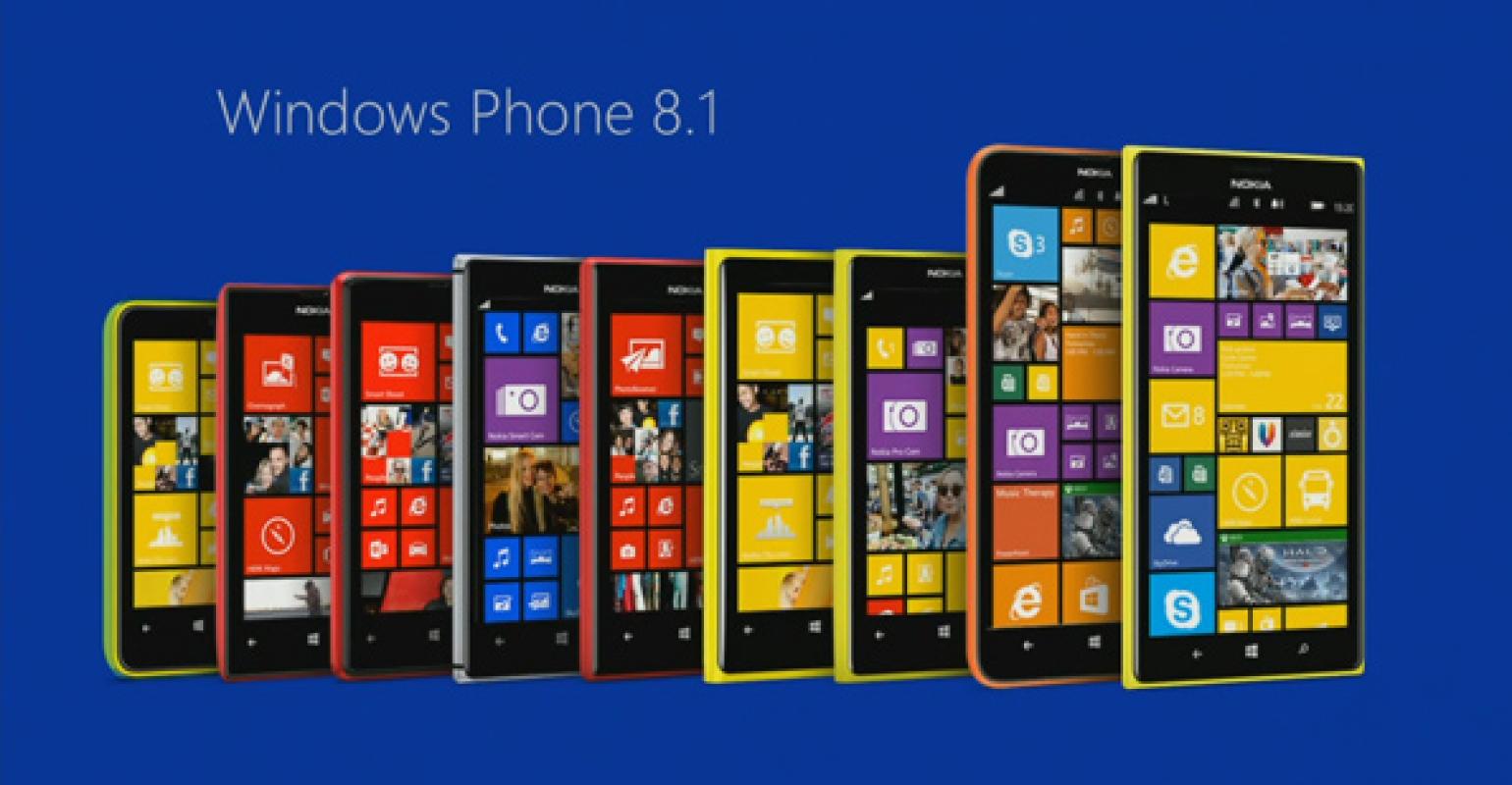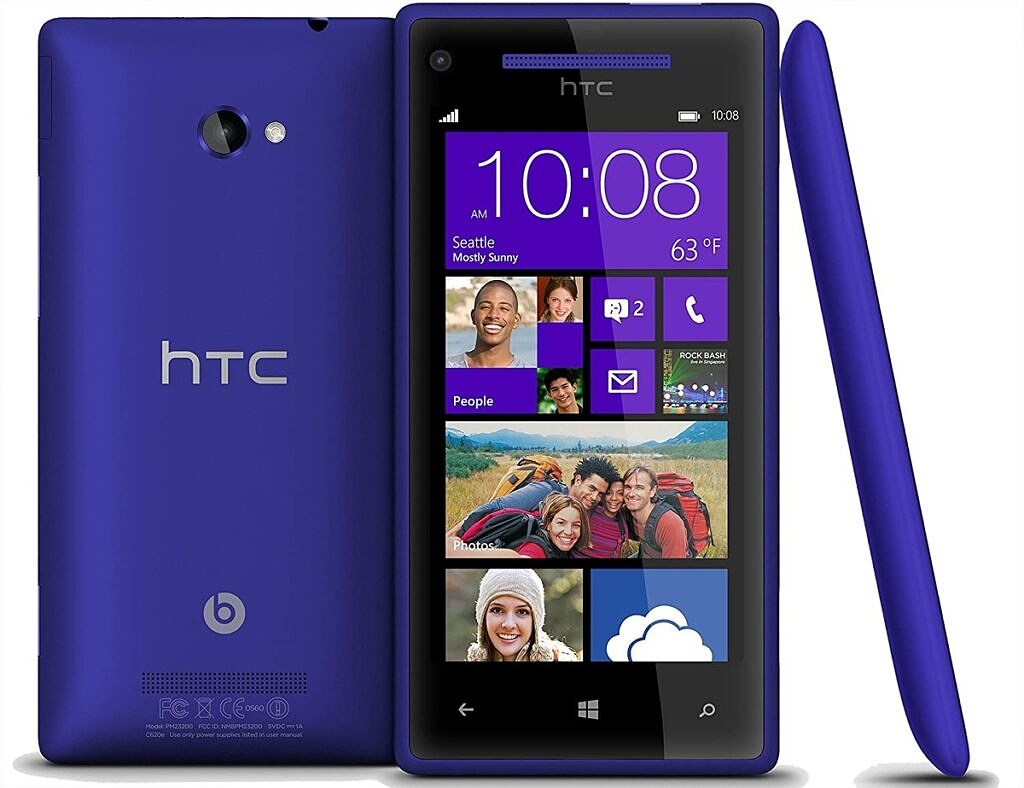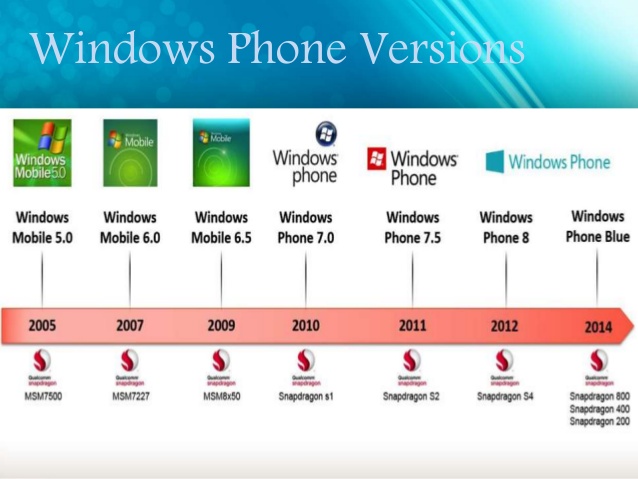 Home
Andriod
IOS
Windows
BlackBerry
Contact us
Home
Andriod
IOS
Windows
BlackBerry
Contact us

Windows Phone (WP) is a discontinued[6] family of mobile operating systems developed by Microsoft for smartphones as the replacement successor to Windows Mobile[7][8] and Zune.[9] Windows Phone featured a new user interface derived from the Metro design language. Unlike Windows Mobile, it was primarily aimed at the consumer market rather than the enterprise market.[10] It was first launched in October 2010 with Windows Phone 7.[11] Windows Phone 8 succeeded it in 2012, replacing the Windows CE-based kernel of Windows Phone 7 with the Windows NT kernel used by the PC versions of Windows (and, in particular, a large amount of internal components from Windows 8). Due to these changes, the OS was incompatible with all existing Windows Phone 7 devices, although it still supported apps originally developed for Windows Phone 7. In 2014, Microsoft released the Windows Phone 8.1 update, which introduced the Cortana virtual assistant, and Windows Runtime platform support to create cross-platform apps between Windows PCs and Windows Phone.[12] In 2015, Microsoft released Windows 10 Mobile, which promoted increased integration and unification with its PC counterpart, including the ability to connect devices to an external display or docking station to display a PC-like interface. Although Microsoft dropped the Windows Phone brand at this time in order to focus more on synergies with Windows 10 for PCs, it was still a continuation of the Windows Phone line from a technical standpoint, and updates were issued for selected Windows Phone 8.1 devices. While Microsoft's investments in the platform were headlined by a major partnership with Nokia (whose Lumia series of smartphones, including the Lumia 520 in particular, would represent the majority of Windows Phone devices sold by 2013)[13] and Microsoft's eventual acquisition of the company's mobile device business for just over US$7 billion (which included Nokia's then-CEO Stephen Elop joining Microsoft to lead its in-house mobile division), the duopoly of Android and iPhone remained the dominant platforms for smartphones, and interest in Windows Phone from app developers began to diminish by mid-decade.[14] Microsoft laid off the Microsoft Mobile staff in 2016,[15] after having taken a write-off of $7.6 billion on the acquired Nokia hardware assets,[16] while market share sunk to 1% that year.[17] Microsoft began to prioritize software development and integrations with Android and iOS instead,[18] and ceased active development of Windows 10 Mobile in 2017.[19]
Work on a major Windows Mobile update may have begun as early as 2004 under the codename "Photon", but work moved slowly and the project was ultimately cancelled.[20] In 2008, Microsoft reorganized the Windows Mobile group and started work on a new mobile operating system.[21] The product was to be released in 2009 as Windows Phone, but several delays prompted Microsoft to develop Windows Mobile 6.5 as an interim release.[22] Following this, Windows Phone was developed quickly. One result was that the new OS would not be compatible with Windows Mobile applications. Larry Lieberman, senior product manager for Microsoft's Mobile Developer Experience, told eWeek: "If we'd had more time and resources, we may have been able to do something in terms of backward compatibility."[23] Lieberman said that Microsoft was attempting to look at the mobile phone market in a new way, with the end user in mind as well as the enterprise network.[23] Terry Myerson, corporate VP of Windows Phone engineering, said, "With the move to capacitive touch screens, away from the stylus, and the moves to some of the hardware choices we made for the Windows Phone 7 experience, we had to break application compatibility with Windows Mobile 6.5."[24]
On February 11, 2011, at a press event in London, Microsoft CEO Steve Ballmer and Nokia CEO Stephen Elop announced a partnership between their companies in which Windows Phone would become the primary smartphone operating-system for Nokia, replacing Symbian.[26] The event focused largely on setting up "a new global mobile ecosystem", suggesting competition with Android and iOS with the words "It is now a three horse race". Elop stated the reason for choosing Windows Phone over Android, saying: "the single most important word is 'differentiation'. Entering the Android environment late, we knew we would have a hard time differentiating."[27] While Nokia would have had more long-term creative control with Android (note that MeeGo as used by Nokia resembles Android more than it does Windows Phone 7 as both Android and MeeGo are based on the Linux kernel), Elop enjoyed familiarity with his past company where he had been a top executive.[28][29] The pair announced integration of Microsoft services with Nokia's own services; specifically:[26]


Windows Mobile is a discontinued family of mobile operating systems developed by Microsoft for smartphones and personal digital assistants.[1] Its origin dated back to Windows CE in 1996, though Windows Mobile itself first appeared in 2000 as Pocket PC 2000 which ran on Pocket PC PDAs. It was renamed "Windows Mobile" in 2003, at which point it came in several versions (similar to the desktop versions of Windows) and was aimed at business and enterprise consumers. When initially released in the mid-2000s, it was to be the portable equivalent of what Windows desktop OS was: a major force in the then-emerging mobile/portable areas.

A cell phone combines technologies, mainly telephone, radio, and computer. Most also have a digital camera inside. Cell phones work as two-way radios. They send electromagnetic microwaves from base station to base station. The waves are sent through antennas. This is called wireless communication. Early cell telephones used analog networks. They became rare late in the 20th century. Modern phones use digital networks. The first digital networks are also known as second generation, or 2G, technologies. The most used digital network is GSM (Global System for Mobile communication). It is used mainly in Europe and Asia, while CDMA (Code-Division Multiple Access) networks are mainly used in North America. The difference is in communication protocol. Other countries like Japan have different 2G protocols. A few 2G networks are still used. 3G are more common, and many places have 4G. The radio waves that the mobile phone networks use are split into different frequencies. The frequency is measured in Hz. Low frequencies can send the signal farther. Higher frequencies provide better connections and the voice communications are generally clearer. Four main frequencies are used around the world: 850, 900, 1800 and 1900 MHz. Europe uses 900 and 1800 MHz and North America uses 850 and 1900 MHz. Today there are mobile phones that work on two, three or four frequencies. The most advanced phones work on all frequencies. They are called 'world' phones and can be used everywhere.